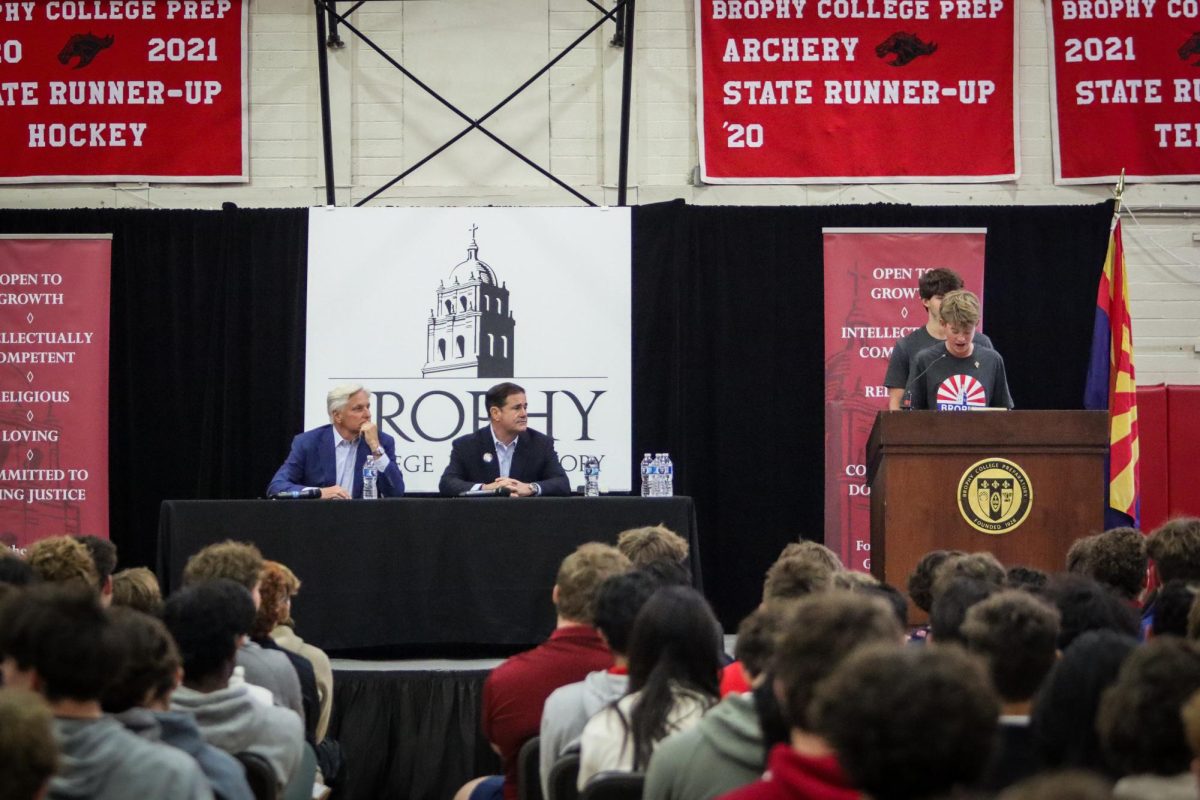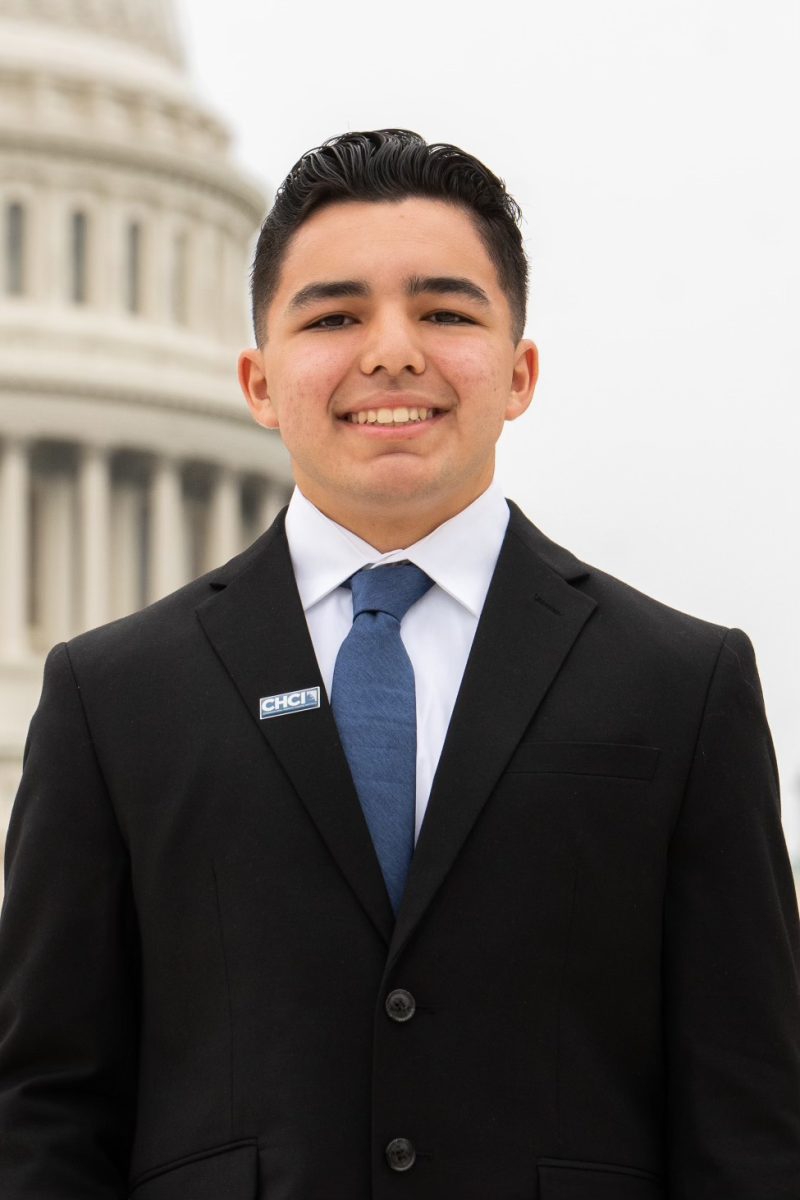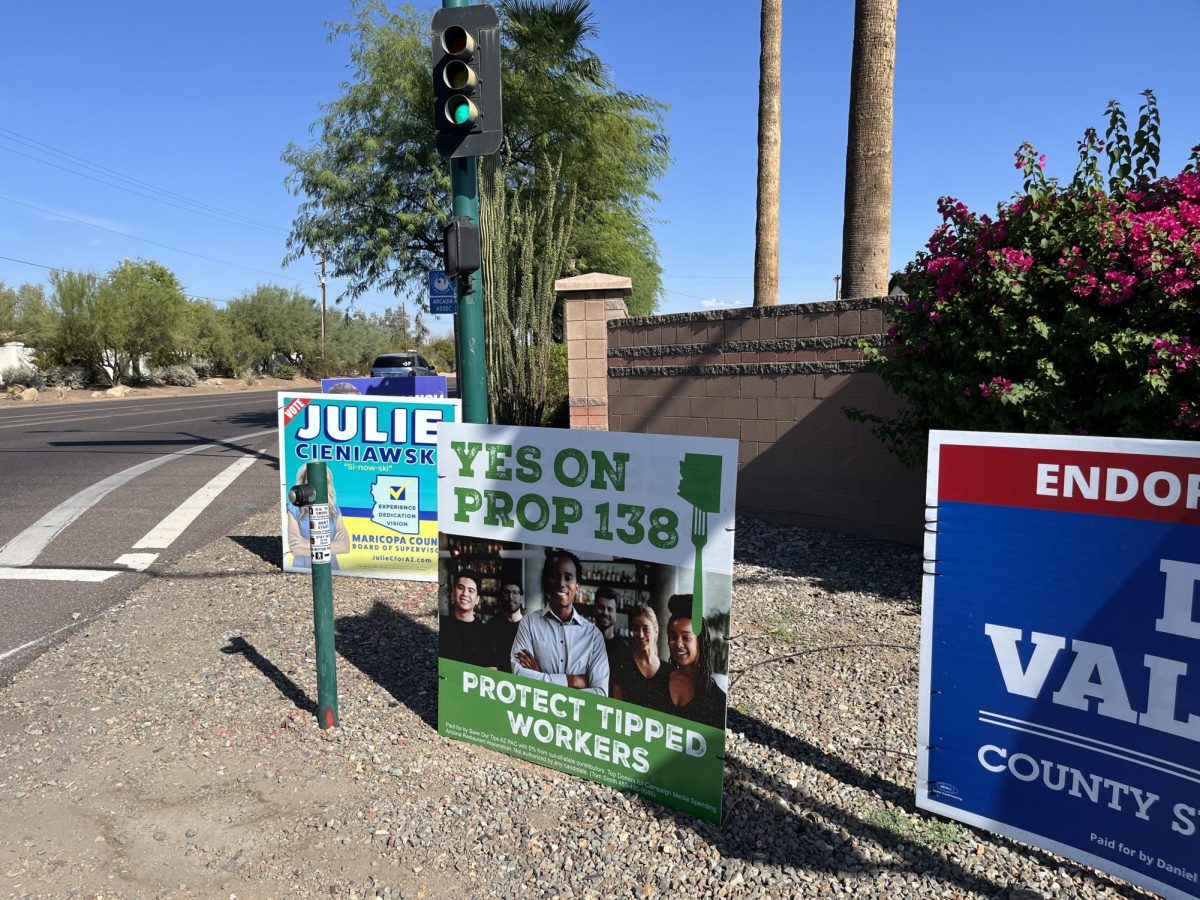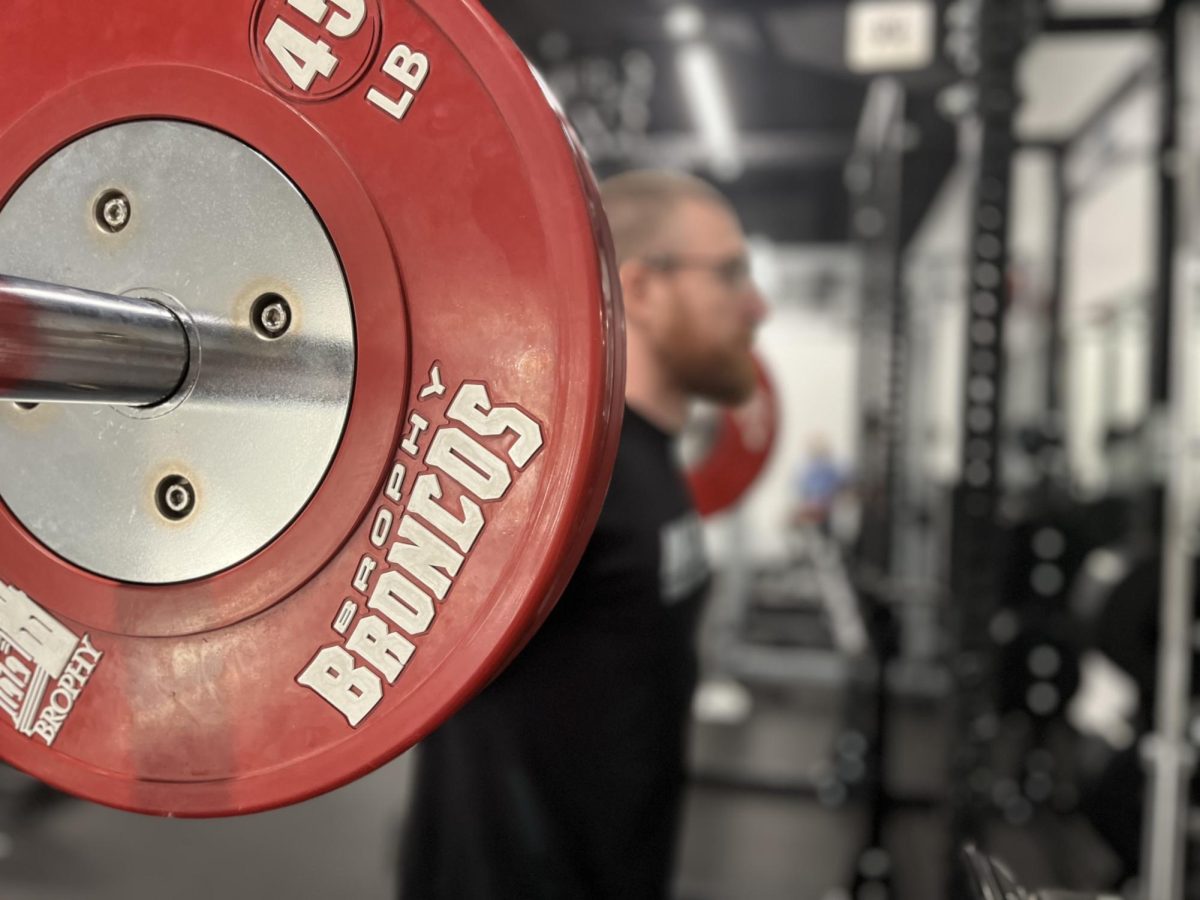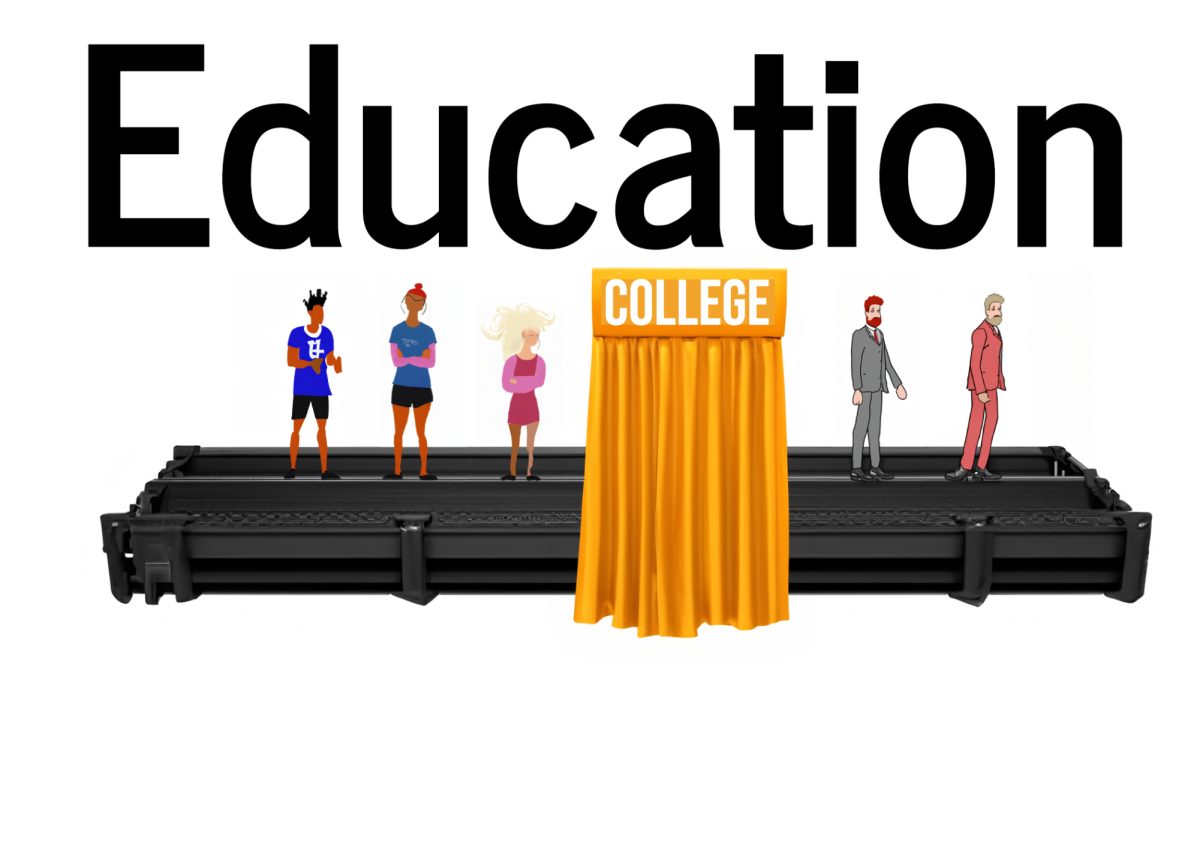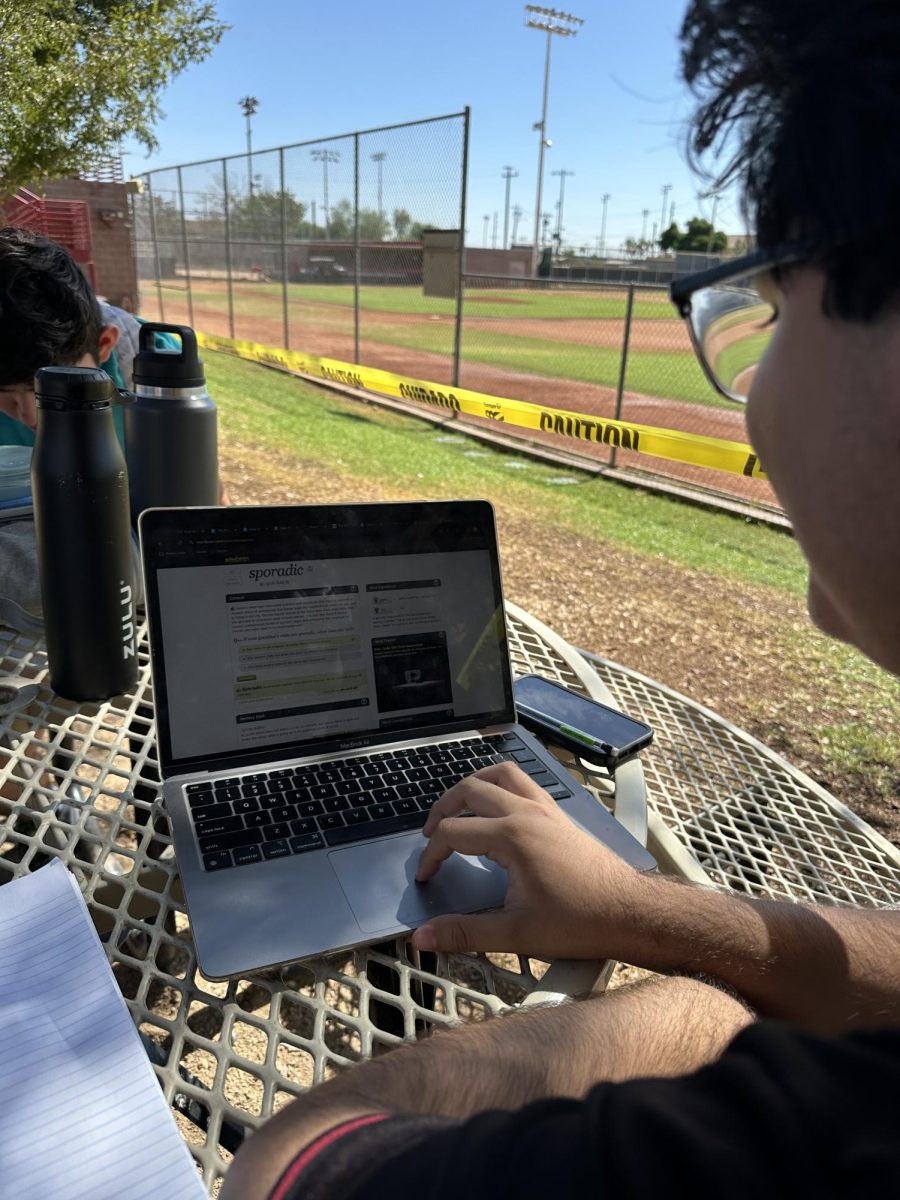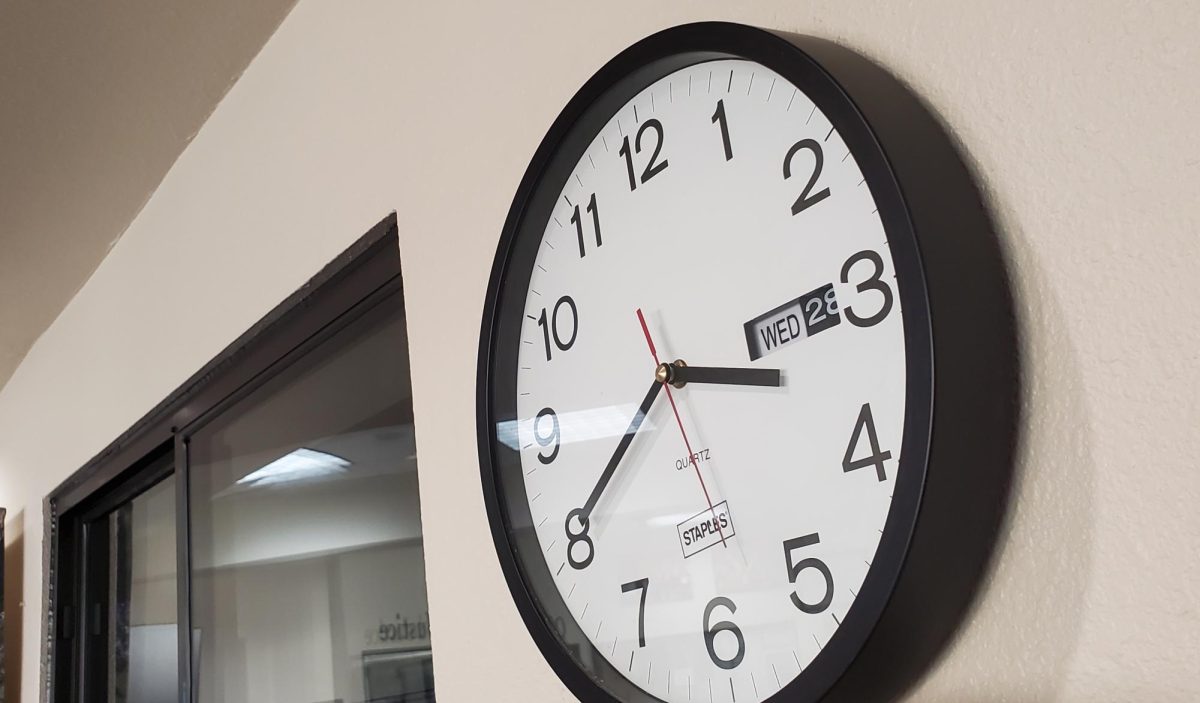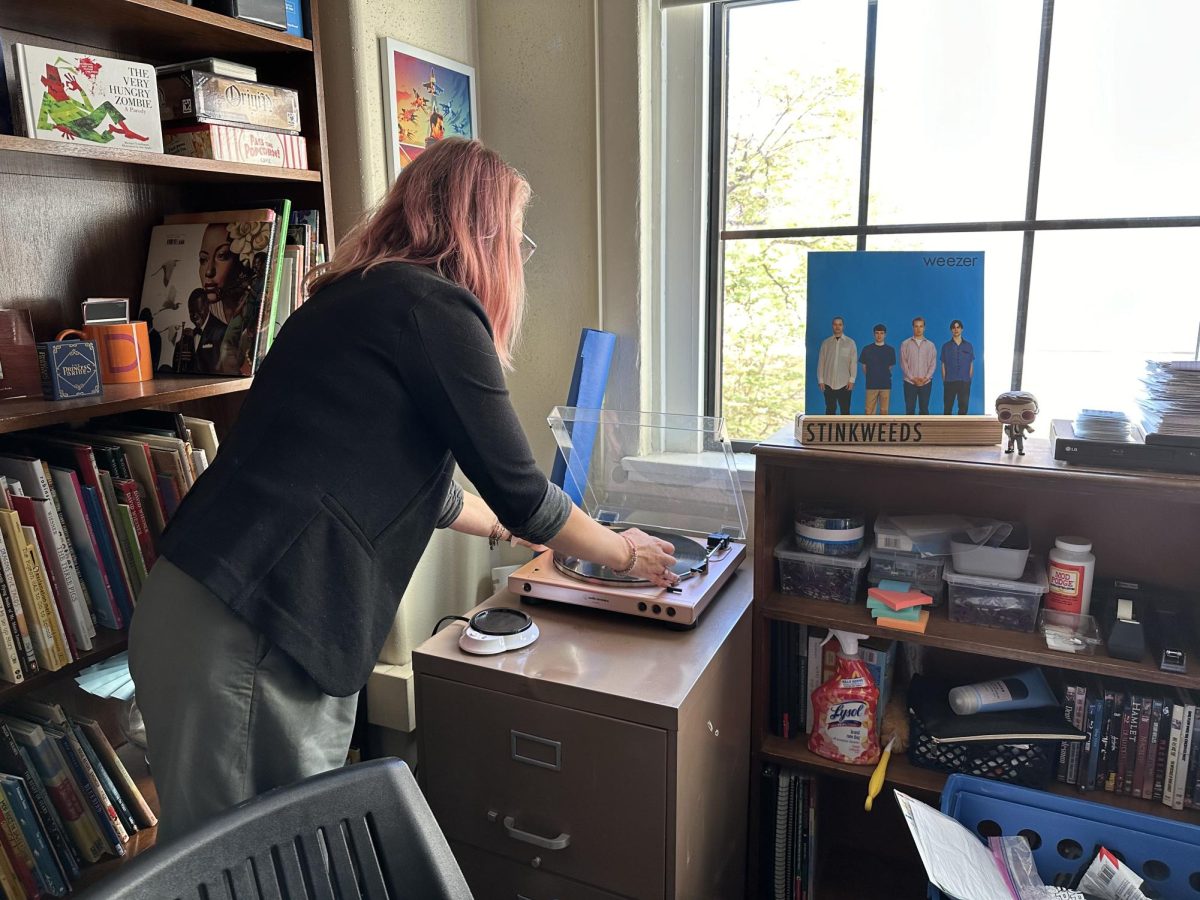
By Hayden Prescott Corwin ’15
THE ROUNDUP
Ms. Susan Maynard was born in 1952 in Tennessee and moved to Huntsville, Ala. when she was five years old.
The civil rights movement had already begun in Alabama with Rosa Park’s demonstration.
Ms. Maynard’s family took a stand on the issue of civil rights.
“My parents were very active in the Civil Rights movement,” Ms. Maynard said.
Her family belonged to a church called the Unitarian Church.
“It was very socially active,” Ms. Maynard said. “My dad went with a group to Selma and marched in the voting rights march.”
Ms. Maynard said that her father also went to the city council in 1964 when there was a desegregation order to integrate the city pool.
The city council was planning to close the pool rather than open it to everyone.
“My dad went down there and spoke up and said, ‘Please keep it open for people who want to use it. We don’t have any other option,’” Ms. Maynard said. “The interesting thing about that was that the local newspaper in Huntsville and the Birmingham paper a hundred miles away published his name, address and phone number just to invite harassment.”
Her family was harassed and even had bomb threats sent to their house.
However, the pool remained open.
“We had almost the whole pool to ourselves with a few black kids,” Ms. Maynard said. “Hardly anybody went anymore for the first couple of years.”
But there were not any incidents at the pool.
“It was just kids playing,” Ms. Maynard said.
High school was the first time Ms. Maynard had a black student in the same class as her.
“When I was in high school, in the 10th grade, out of the graduating class of 400 there must have been about three dozen black kids there,” Ms. Maynard said. “I always felt that it went smoothly and that there was acceptance, but I didn’t have the experiences that black kids had. I have no idea what it was like for them.”
Ms. Maynard said she sees the civil rights movement present in today’s world.
“I have never lost my concern for race in America,” Ms. Maynard said. “I think that it’s a tendency to think that there is no struggle anymore because we do have legal equality… our tendency is to think that we’re post-racial, post-racist, but I think it’s still simmering, and it still comes out in a way that is subconscious.”
Students also said they believe that race and civil rights are still important issues.
“I think it’s still an issue in some places around the world,” said Ben Zimmer ’15.
Arizona is one of the places where civil rights are being fought over.
“I believe the main struggle with civil rights in this state pertains to the immigrants, illegal or not, that immigrate here for a better life but receive far less,” said Jordan Griffin ’15.
The treatment of other people is another theme of civil rights.
“People may not think that it is an issue because they are on the outside looking in, they don’t understand,” said Evin Schmidt ’15. “People make jokes about color and other things relating to it, thinking that they are not hurting anybody, when in reality they are.”
The struggle for civil rights has grown to involve more than race.
“Civil rights are no longer only racial things; it has grown into something that includes women’s rights, and also issues like sexuality and religion,” Schmidt said.
“Civil and human rights are in need of defending,” said Mr. Chris Ramsey.
“I think there are a lot of areas where we see a lot of injustice going on,” Mr. Ramsey said. “I think as a whole, we need to start defending right to life, trafficking and exploitation.”
Ms. Maynard said the fight for civil rights should not be overlooked.
“I think that people still make presumptions based on race,” Ms. Maynard said. “And the danger is that we think it’s over and that we quit addressing it.”

